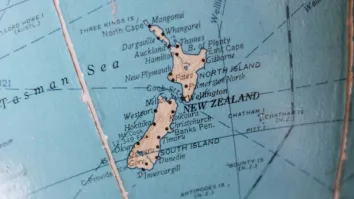
Premium spikes threaten home insurance affordability in Australia
Mainly due to rising claims and increasing costs for insurers.
Home and contents insurance premiums are spiking up in Australia, a trend that could widen coverage gaps and expose more homeowners and lenders to financial risks, according to a new report from S&P Global Ratings.
The report, titled Australia's Home Underinsurance Could Spread Risks, warns that government intervention in the sector may increase, especially in high-risk areas where insurers are limiting coverage or exiting the market.
S&P Global Ratings credit analyst Angela Zhou said insurers are expected to continue raising premiums to improve margins and cover higher weather-related claims.
Whilst these increases reflect insurers' risk exposure, they could discourage new policy growth and lead to underinsurance.
Premium hikes are driven by rising claims and increasing costs for insurers, including reinsurance expenses, which may climb further following major disasters like the California wildfires.
Insurance is already expensive in flood-prone and bushfire-prone areas, and premium rates are unlikely to decline in the near future.
Higher insurance costs come as Australian households face mounting financial pressures from elevated interest rates, higher living expenses, and mixed wage growth.
The Actuaries Institute estimates that 15% of Australian households—about 1.61 million—experienced affordability stress for home and contents insurance as of March 2024.
Around 5% of these affected households have a mortgage.
Zhou warned that some homeowners may reduce or drop insurance coverage to manage other financial obligations, particularly in high-risk areas where premiums are significantly higher.
Whilst mortgage agreements require borrowers to maintain insurance, banks have limited mechanisms to enforce compliance.
S&P's stress scenario suggests that a major natural disaster occurring during a period of severe financial strain could result in A$200m in credit losses for the banking sector.
Whilst this risk is minor for major banks, it could be more significant for regional lenders with concentrated exposure.
With insurers limiting coverage in high-risk locations, the Australian government may face growing pressure to support the sector through underwriting or guarantees.
Programmes like the cyclone reinsurance pool already exist, but S&P cautioned that such initiatives could create moral hazard by masking the real risks of living in vulnerable areas.



















 Advertise
Advertise








